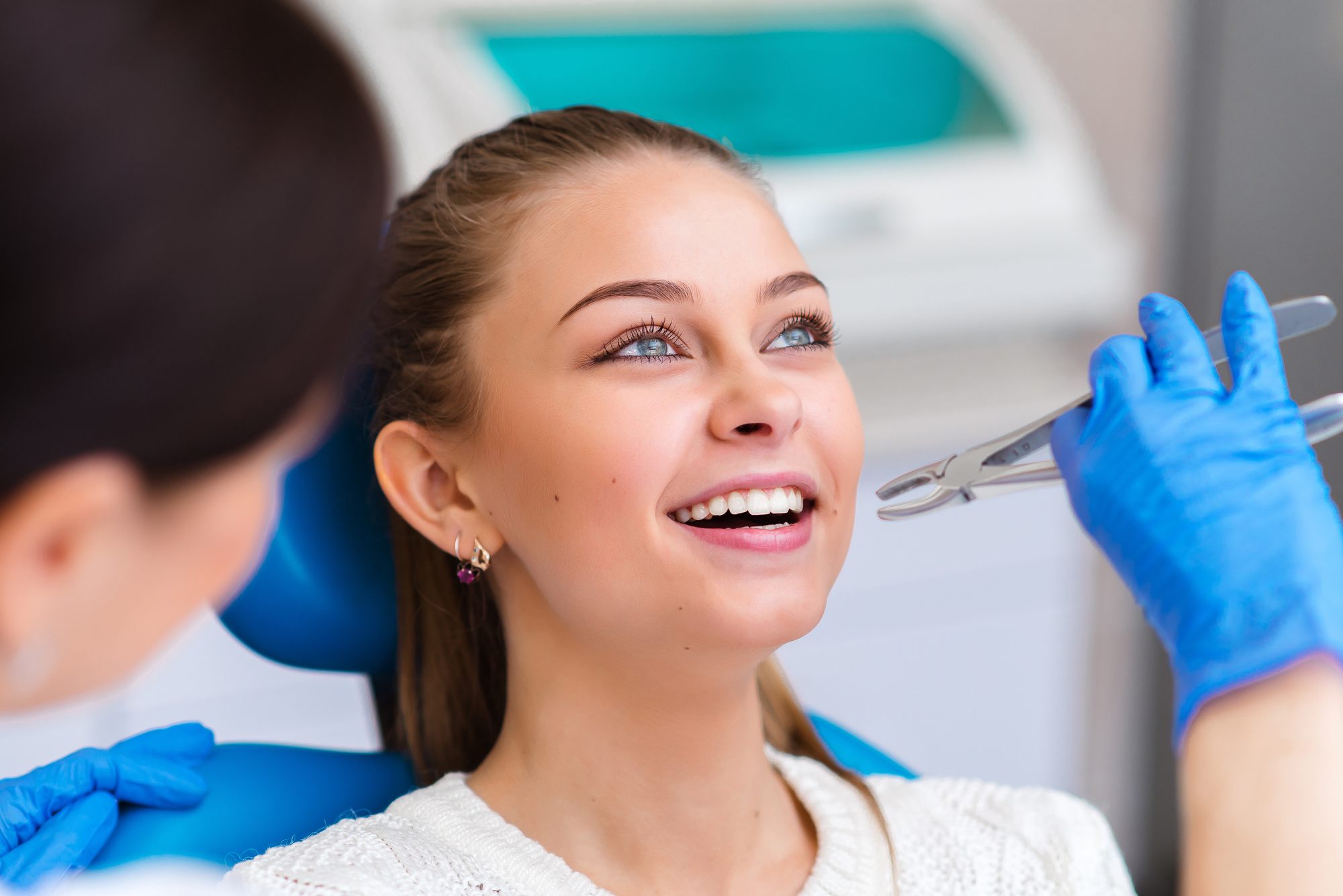Have you scheduled an appointment to remove your wisdom teeth? For many people, the idea of wisdom tooth removal is scary. Popular shows and movies make the wisdom tooth removal process look painful and disorienting (not to mention embarrassing if the dentist uses anesthesia).
But what about the aftermath of the wisdom tooth removal? Do you know how to brush your teeth after wisdom tooth removal so you can keep your mouth healthy and clean?
We’re here to talk about it with a few wisdom tooth removal tips for post-removal cleaning. Read on to learn more.
The First Day
On the day of your wisdom tooth removal, you probably aren’t going to be feeling up to much of anything. You won’t want to eat, you won’t want to drink, and you certainly won’t want to brush your teeth.
You’ll be happy to know that many dentists advise that you skip brushing on the day of your surgery. You can brush teeth that are nowhere near the extraction site, but you could also take a single day off.
When your surgery is over, your dentist will place gauze in your mouth to stop the extraction site from bleeding. You need to keep the gauze in place so the site can clot and your mouth won’t fill with blood.
After an hour, you can remove the gauze. You can rinse your mouth with warm salt water to clear out any residual blood, but let the water fall out of your mouth rather than forcefully spitting it (more on that later).
It’s a good idea to avoid very hot or very cold water. Similar to when you first get composite fillings after a cavity, your mouth will be more sensitive to temperature at first.
Brushing The Surgical Site: When Is It Okay?
After the first day, you can return to brushing your teeth. Try to be as gentle as possible so you don’t bother the extraction site. It’s a good idea to avoid touching the extraction site with your toothbrush for about three days (if not more).
By the third day, you should have healed enough that your surgical site is stable. With that in mind, you should still be gentle with it. Use a soft toothbrush and don’t brush vigorously. Slow and gentle motions are more than enough to keep your extraction site clean.
You can return to standard brushing several weeks after the extraction, but be sure to exercise caution. When in doubt, brush the rest of your teeth and avoid the extraction site until you talk to your dentist.
It’s a good idea to avoid electric toothbrushes during the healing process. You don’t have enough control over their speed and intensity to ensure that you’re keeping your mouth safe.
Spitting And Rinsing
When you rinse your mouth with water or mouthwash, you need to be careful. While rinsing is a good idea when it comes to keeping your mouth and tongue clean, you could disrupt your healing.
Rinse after meals to make sure that nothing gets lodged in the socket that was left behind after your wisdom tooth removal. As we mentioned before, instead of spitting, you should let the water fall out of your mouth.
You can also use mouthwash, but make sure that it doesn’t contain alcohol. Alcohol will sting your surgical site and it may prolong the healing process.
Using An Irrigator
Your dentist likely gave you some kind of irrigator after your wisdom tooth extraction. Most dentists only offer standard plastic syringes, but you could also buy your own irrigator.
You’ll use the irrigator to flush out your extraction site. This is most important during the first few days of healing, but if you feel debris near the extraction site, you can do it at any time.
You can use plain warm or cool water or fill the irrigator with saline or saltwater. Don’t use too much force when you’re irrigating your extraction site.
What Happens If You Disrupt Healing?
If you disrupt the healing process, you may develop a dry socket. It can happen if you don’t take care of your oral health, if you spit with too much force, if you use a straw, or even if you brush too hard.
A dry socket happens when your blood clot becomes dislodged. This exposes the bone and nerves underneath the surgical site. This will cause pain and delay your healing process.
If you develop a dry socket, make sure to visit your dentist right away so they can help you fix the problem.
Other Post-Extraction Tips
After your extraction, you should do your best to avoid chewing on the site of your mouth that the dentist worked on. If you got several wisdom teeth removed at the same time, it’s best to stick to soft foods until your extraction sites are healed over.
Avoid drinking with straws or water bottles with nozzles. Avoid smoking and use an ice pack to reduce any pain or swelling that you experience after the procedure.
If you experience anything unusual, don’t hesitate to contact your dentist. It’s possible (but uncommon) for infections to develop.
That’s How To Brush Your Teeth After Wisdom Tooth Removal
It’s important to learn how to brush your teeth after wisdom tooth removal before the day of your appointment. Taking care of your oral health will help the healing process go by without any problems.
Remember: brush gently, avoid spitting, avoid harsh mouthwash, and talk to your dentist if you have any problems. Happy healing!
For more helpful articles about health and more, check out the rest of the site.
